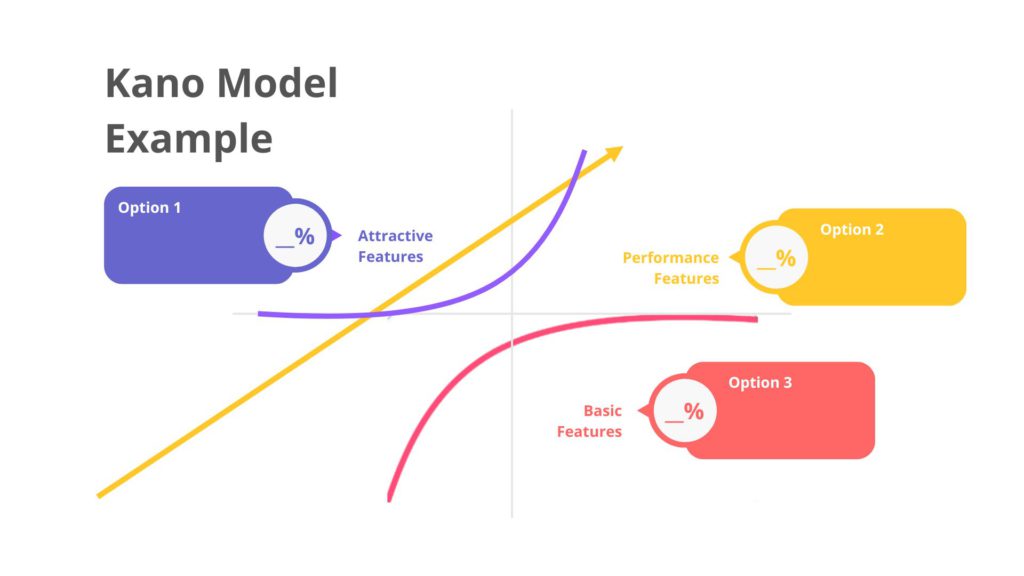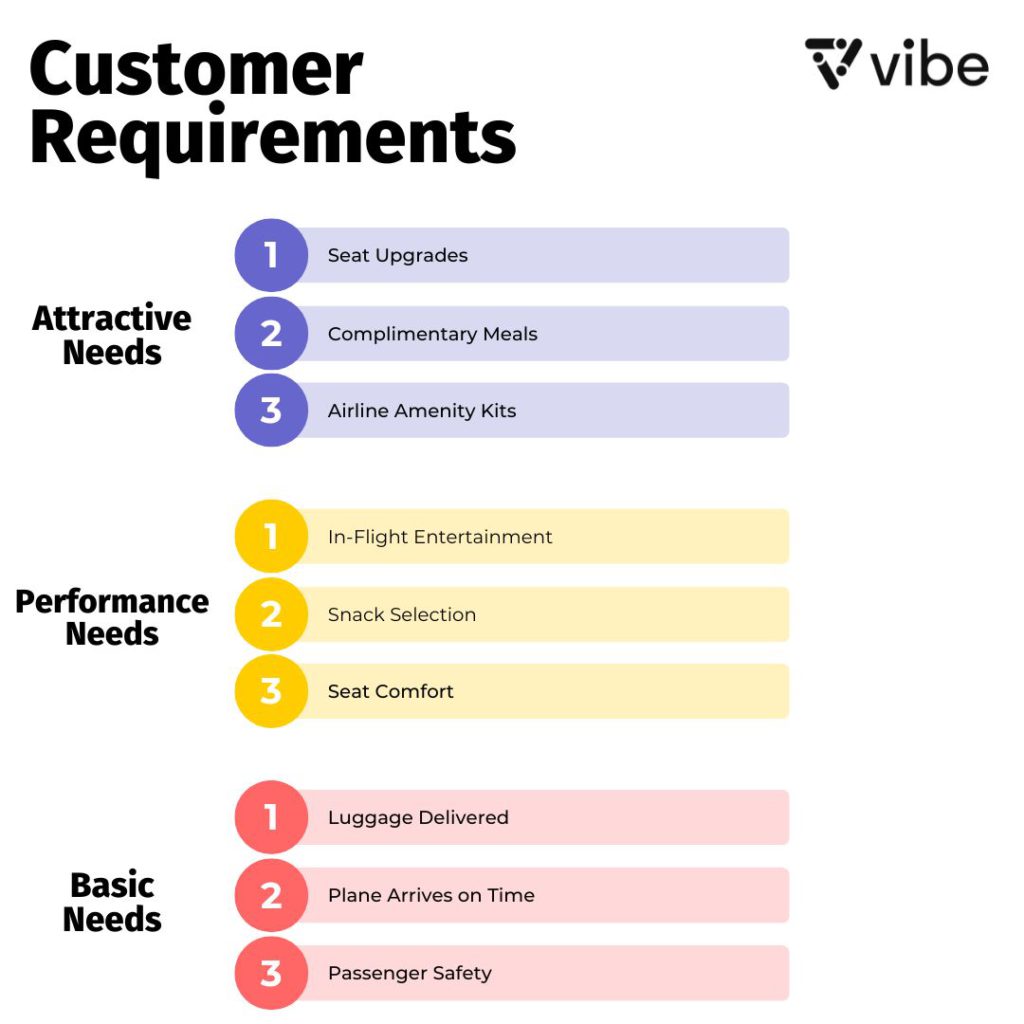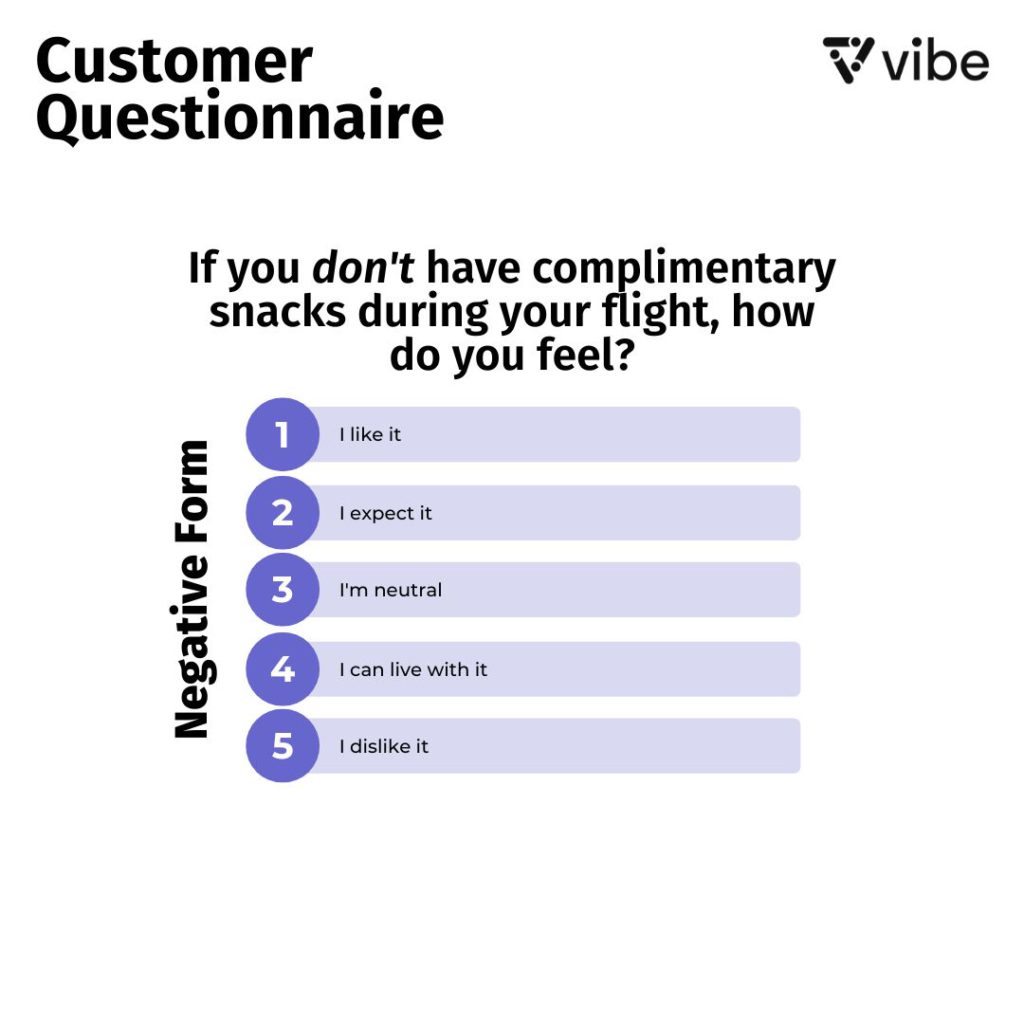Everyone’s enthusiastic when it comes to developing new products. From ideation to commercialization, every team member has ideas to make things happen.
However, as good as the excitement is, it nearly always leads to teams having too many elements to consider, leaving you unsure where to even begin.You start wondering which features will be effective and which ones will be a disappointment from a financial perspective.
You might also question the usability of some features and whether or not your customers would find them valuable. To top it all off, your team could lose months of time and money if the feature updates are done incorrectly.
This is where the Kano model analysis comes in. This guide explores how the Kano model works, its benefits, and the process of conducting a Kano model analysis.
What Is the Kano Model Analysis?

First introduced in 1984 by Japan’s Dr. Noriaki, the Kano Model is a method that encourages “value-driven development” and helps organizations identify and prioritize the features in their products that are critical to customer satisfaction.
The Kano Model helps you evaluate two dimensions of each product feature: sentiment/customer satisfaction and execution. The first dimension—customer satisfaction—goes from total satisfaction (excitement/delight) to total dissatisfaction. The second dimension—execution—shows how much of a specific product feature the customer gets, how much you’ve invested in it, and how well you’ve delivered it.
How Does a Kano Model Analysis Work?

The Kano model confirms that the loyalty level a customer has for a product depends on their emotional responses to its features. However, product functionality isn’t the only aspect that makes it desirable—emotions matter too.
For example, a product can function well and satisfy the basic need it’s intended to (e.g., a customer can use a car’s key to start the engine); however, that may not be enough.
A product that functions well and fulfills its purpose can still be behind the curve. A car that features self-driving functionality is more admirable, goes beyond the basic requirements, and wows the customer.
Using this approach, product managers can quickly boost their customers’ satisfaction level by introducing great, new features instead of many basic ones. The Kano method helps you prioritize which aspects and ideas are most valuable; thus, you can make practical business decisions on which to adopt in your organization.
Let’s see an example for a better illustration.

One popular use of the Kano technique didn’t really involve the model, but rather the style of thinking it’s meant to encourage. When engineers at Apple had problems deciding where to place the power button on an iPod, CEO Steve Jobs just recommended that they remove it altogether.
This seemed revolutionary and shocking at the time, since every type of electronic gadget had an on/off switch. However, according to Steve Jobs, customers didn’t need a power button. It didn’t satisfy a basic need, and it definitely didn’t excite them. And that was true!
Not everyone is Steve Jobs. But gathering data via surveys and using a Kano model analysis can help organizations develop products based on what customers really want.
What Are Kano Models Used For?

Wondering when to apply the Kano model? Below are some instances when it’d be ideal and beneficial for your organization:
- When there’s limited time – When organizations are working under tight deadlines, Kano is an excellent tool to hasten decision-making.
- When there are limited resources – The method for conducting Kano analysis employs email questionnaires and thus doesn’t require expert resources to carry out the research.
- When you want to improve a current product – When it’s time to update the product or increase its competitiveness, using the Kano method will help you evaluate future options and offer you clear choices to pick from.
- When you want to determine what will wow your customers – When looking to “think big” or “think outside of the box,” you can employ Kano analysis to see what product features customers would love and find useful.
- When looking to release a minimum viable product – The Kano technique can benefit businesses looking to release a Minimum Value Product (MVP) to the market as soon as possible. Businesses can carry on with their research and incorporate additional satisfiers or delighters.
Benefits of the Kano Model Analysis

Businesses can occasionally get overwhelmed by the many product management frameworks available. However, using the Kano model analysis has several benefits when looking for the best features for your products or services.
Identifying Information and Value
Its main benefit is the practical and unique way that the Kano survey is able to define customers’ needs and wants. The questions asked lend themselves for analysis and are an excellent way to ascertain what makes a quality product. They’re an ideal way to test new ideas and gauge expectations. Overall, the information gathered from the Kano survey is extremely valuable.
Great Analysis
Expanding on the above idea, the analysis you get from the Kano survey is a convenient tool for setting priorities, figuring out customer concerns, determining the things you can do depending on potential value, etc. Since the Kano surveys ask questions in a new and different way, you also get to further analyze the results to ensure no data is lost.
Easy Application
The Kano analysis can be applied to both digital and non-digital products. Also, the model can be applied at any phase of the product life cycle to evaluate and prioritize product features.
3 Steps to Making a Kano Model
When employing the Kano model, businesses conduct “Kano analysis.” To achieve this, follow the steps below:
Step #1: Create a List of Customer Requirements
Create a list of customer demands to test, taking into account suggestions from the design team and existing customers. Let’s use the case of an airline looking to improve customer satisfaction.

Step #2: Create a Kano Questionnaire
Draft a list of requirements and come up with a Kano questionnaire. The questionnaire includes two questions—a positive and a negative one—for every feature. Usually, this helps in avoiding inconsistencies and biased responses.
The positive question represents the customer’s reactions to the likelihood of attaining the anticipated requirement. On the other hand, the negative question indicates their response to not attaining it.

Let’s use the case of a shoe company creating a new pair of shoes with a high platform as an example. The positive question can be framed as follows; “if the platform is 2+ inches, how would you feel?” Conversely, the negative question can appear as follows; “if the platform was less than 2 inches, how would you feel?”

The phrase “how would you feel” always comes at the end of these questions. Additionally, respondents answer on a scale of 1 to 5, with 1 representing “I like it that way” and 5 representing “I dislike it that way.”
Step #3: Conduct User Interviews or Surveys

Create the Kano assessment spreadsheet and carry out surveys or interviews to get the median response to both questions. Come up with two average scores for every requirement.
These scores determine which of the five categories the requirement falls under.
- Must-Have Features – As the name suggests, these are the must-haves and basic customer requirements. Businesses that don’t provide this will fall far short of satisfying customers’ most basic needs.
- Performance Features – Customer satisfaction increases as these features are given. Usually, customers appraise the characteristics when evaluating whether a product suits their needs.
- Attractive Features – Customers don’t expect these features but are delighted when they do receive them.
- Indifferent Features – These features don’t interest customers at all. Their presence provides meager satisfaction.
- Reverse Features – These features annoy customers if they are present. It’s best to avoid them when trying to improve customer satisfaction.
Build Your Kano Model Analysis with Vibe

One of the steps in making a Kano model is brainstorming the list of features and functionality and then coming up with positive and negative questions. Using an interactive whiteboard to brainstorm can come quite in handy.
We all know that it’s pretty challenging to conduct a brainstorming session without a collaborative space to collect ideas. Thus, if your team members are widely distributed or collaborating remotely, an interactive whiteboard device such as Vibe is an ideal solution. Unlike a traditional whiteboard, all participants, regardless of device or location, can join the Vibe Board and contribute ideas concurrently through images, drawings, text, or sticky notes. It’s a fantastic way for hybrid teams to creatively brainstorm and discuss ideas.
Most importantly, making your own Kano model using interactive whiteboard software, like Vibe’s Canvas app, is both easy and exciting. This software will also come in handy when evaluating your Kano model findings. With all your work saved in the cloud, you can easily share your findings with the rest of the team, present it, or annotate over it in future sessions.
It’s never been easier to brainstorm ideas and create the perfect Kano model for your team’s analysis session. Try Vibe today!
{{< blog/cta-download-new content=”S1 Buyers Guide” extra=”false” pdf=”https://vibe.us/pdf/S1-buyers-guide/?utm_campaign=kano-model&utm_medium=blog&utm_source=blog”>}}
FAQs
How many categories are in a Kano model?
The Kano model includes five categories: Basic, Satisfiers/Performance, Delighters/Excitement, Indifferent Attributes, and Reverse Attributes. Each of these features has its own level of significance to users. A product’s functionality may be compromised, and customers may become irritated if it’s missing some basic elements. However, enough delighters may catapult a product to become a hit.
